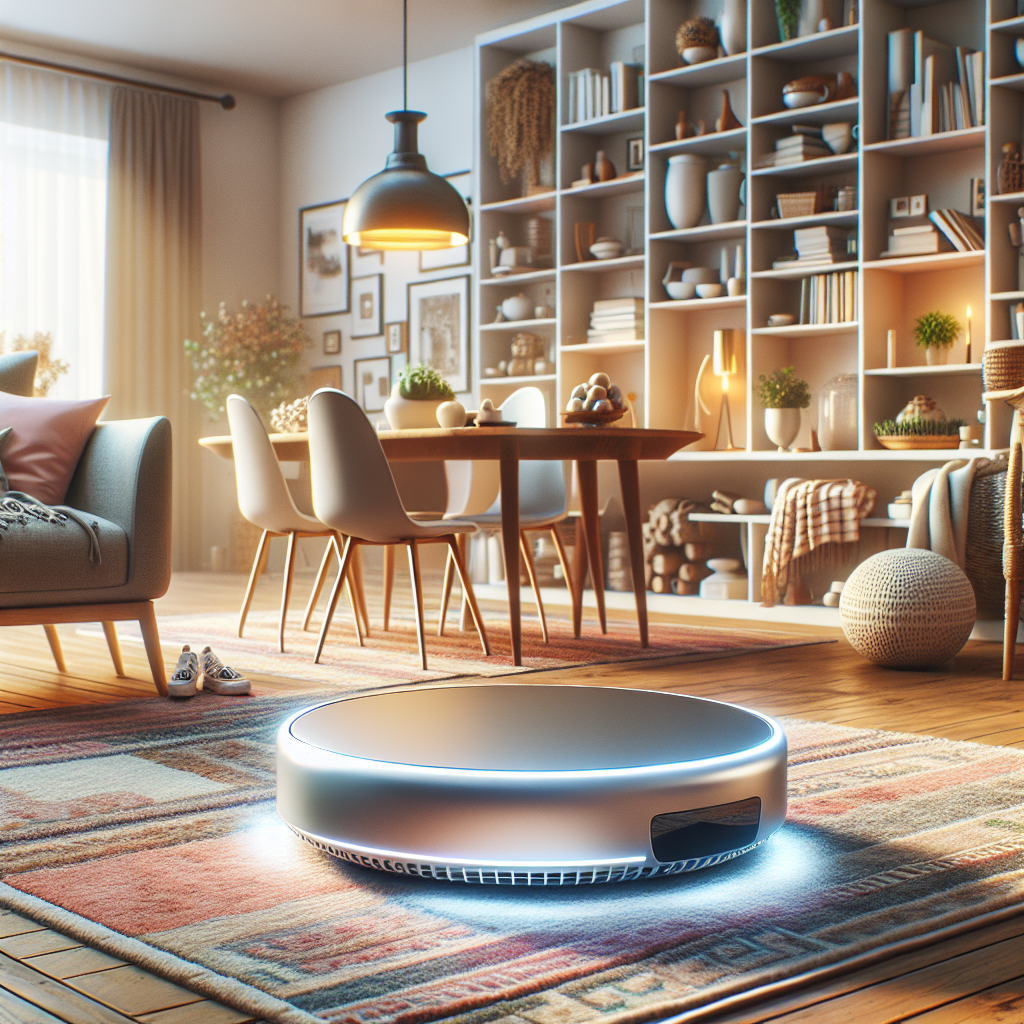As robotics technology evolves, one of the most intriguing challenges has been teaching robots to navigate the complex and varied environments of human homes. This task involves not just physical navigation but also understanding and adapting to human behaviors and preferences. The development of domestic robots has significant implications for everyday life, potentially transforming how we live and interact with our environments.
The Challenge of Human Home Navigation
Human homes represent a unique challenge for robots. Unlike industrial environments, which are structured and predictable, homes are cluttered, dynamic, and highly personalized. Each room has different layouts, obstacles like furniture and stairs, and variable lighting conditions. To effectively navigate these spaces, robots must have advanced perception, decision-making capabilities, and mobility.
Perception and Sensory Input
Robots navigating human homes rely heavily on sophisticated sensor systems. Technologies such as LiDAR (Light Detection and Ranging), cameras, and ultrasonic sensors are commonly used to create detailed maps of their surroundings. These sensors help robots detect obstacles, measure distances, and plan paths around furniture and other household items.
Machine Learning and Adaptation
Machine learning plays a crucial role in the ability of robots to navigate homes. By using algorithms that allow them to learn from experiences, robots can improve their navigation strategies over time, adapting to changes in the environment or furniture layout. For instance, robotic vacuum cleaners learn the most efficient cleaning paths and remember areas that require extra attention.
Interaction with Residents
Beyond navigation, robots must also interact safely and effectively with human residents. This includes recognizing human presence, understanding voice commands, and even predicting human behavior to avoid accidents. Advances in natural language processing and computer vision allow robots to respond to vocal instructions and recognize different family members.
Case Studies: Robots in Action
Several companies are at the forefront of integrating advanced navigational technologies into consumer robots. For example, iRobot’s Roomba uses a combination of sensors and software to navigate and remember room layouts. Another example is Sony’s Aibo, a robotic pet that can recognize different household members and adapt its behavior to their interactions.
Challenges and Ethical Considerations
Despite technological advances, robots in domestic settings face several challenges. Privacy concerns are paramount, as these devices often need to collect and process vast amounts of data to function effectively. Additionally, the interaction between robots and humans in shared spaces raises safety and ethical questions that must be carefully managed.
Future Prospects
The future of domestic robots is promising yet filled with challenges. As AI and robotics technology continue to advance, the potential for more autonomous and helpful robots in home settings increases. These robots could assist with everything from household chores to elderly care, potentially enhancing quality of life and allowing older adults to maintain independence longer.
The integration of robots into domestic environments is a fascinating development in technology that promises to reshape our living spaces. As these technologies continue to evolve, they may become as commonplace in our homes as smartphones and laptops are today.
Looking ahead, the challenge will be ensuring these robots can operate safely and effectively without compromising the privacy and security of their human cohabitants. With careful consideration of these factors, the future of domestic robots is not just promising but could revolutionize the concept of home living.


